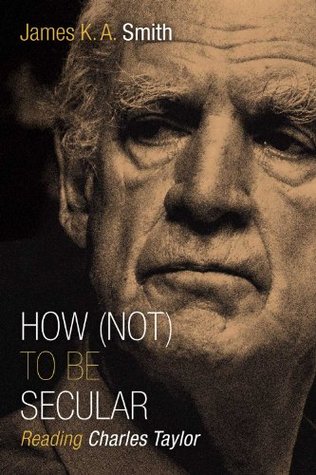Taylor considers the emergence of “realism” in Renaissance Italian and later Netherlands painting as a case in point: “the realism, tenderness, physicality, particularity of much of this painting . . . instead of being read as a turning away from transcendence, should be grasped in a devotional context, as a powerful affirmation of the Incarnation” (p. 144). And yet by so investing the material world with significance, these movements also gave immanence a robustness and valorization that no longer seemed to need the transcendent to “suspend” it. In other words, the work of art that could be
...more
Welcome back. Just a moment while we sign you in to your Goodreads account.


